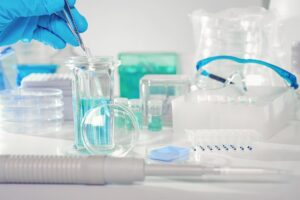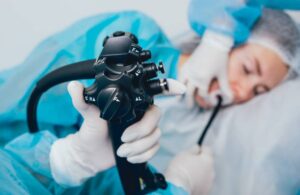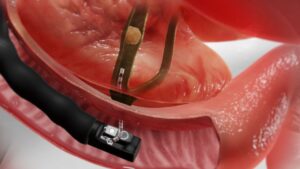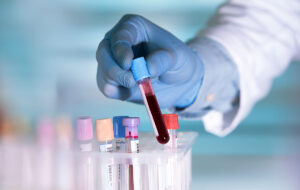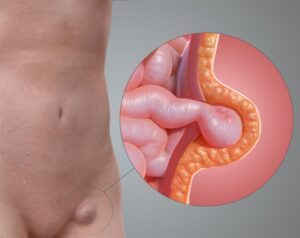What are the options for those who are unable to swallow?
There are medical conditions that might hamper a person’s ability to swallow safely, either because of a physical blockage (oral-pharyngeal tumours, upper oesophageal tumours) or discoordination from a stroke. This inability to swallow might potentially lead to dangerous aspiration, where food enters into the wind-pipe and airways, instead of the food pipe.
Under such circumstances, assisted feeding is normally recommended as a safer alternative to oral feeding. This can take place in the following broad categories:
Under such circumstances, assisted feeding is normally recommended as a safer alternative to oral feeding. This can take place in the following broad categories:
- Nasogastric tube (NG) feeding
- Percutaneous endoscopic gastrostomy (PEG) tube feeding
What is the difference between an NG (nasogastric) tube and a PEG tube?
An NG tube is a soft plastic or silicone tube that, as its name suggests, is inserted through the nostril into the oesophagus and with its other end in the stomach.
The PEG tube is a soft silicone tube that is inserted directly into the stomach through the abdominal wall. The PEG is inserted in a small procedure with the assistance of a gastroscopy.
What are the pros and cons between the NG and PEG?
The NG tube can be easily inserted by a nurse at the bedside, without the need for additional equipment. However, the presence of the tube can potentially be uncomfortable for the patient. The NG tube needs to be changed every 2-4 weeks.
There are some instances where an NG tube might actually be associated with a higher risk of aspiration pneumonia.
The PEG tube requires a procedure for its insertion, and this also includes a stay in hospital to monitor for potential post-insertion complications. However, it is generally less uncomfortable in the long run compared to the NG tube. It also requires a change every 6-12 months. Thankfully, this change is easily done at the bedside without the need for any complicated procedure.
The PEG tube is generally considered to be safer than an NG tube for those who have a history of aspiration pneumonia.
How is the PEG tube inserted?
The PEG tube is inserted with the help of a gastroscopy. After a necessary fast, the patient is sedated and the gastroscopy gently inserted to inspect the stomach. If there are no potential issues to hamper its safe insertion, the stomach is filled with air and an insertion site is identified on the abdominal wall by searching for the guiding light of the gastroscopy.
The PEG tube is then placed into the stomach with the necessary fixation devices through the abdominal wall.
The whole procedure generally takes 30 minutes.
Are they any complications of the PEG tube?
There are potential minor risks of infection or bleeding. The early slippage of the PEG tube and failure of fixation devices (rare) can potentially lead to a catastrophic contamination of the abdominal cavity that requires an emergency operation to remedy.
What is the maintenance of a PEG tube like?
The initial post-insertion period might see increased discharge from the insertion site, which is managed by a regular change of the keyhole gauze dressing.
After the initial easing-in period after insertion (typically 2 weeks), the dressing just needs to be changed once every few days or when stained.
We recommend a regular flushing of the PEG tube with water after every feed, and a daily flush with Coca Cola at the end of the day.
Are there any other options?
In the case of an obstructing oesophageal cancer, NG tube or PEG tube placements are occasionally considered as a means to deliver milk feeds. However, these do not offer the same eating quality that a successful dilatation and stenting can bring.
PEG InsertionUsing a PUSH Technique & Introducer Kit with Dr Foo Chek Siang
The PEG tube is inserted with the help of a gastroscopy. After a necessary fast, the patient is sedated and the gastroscopy gently inserted to inspect the stomach. If there are no potential issues to hamper its safe insertion, the stomach is filled with air and an insertion site is identified on the abdominal wall by searching for the guiding light of the gastroscopy.







